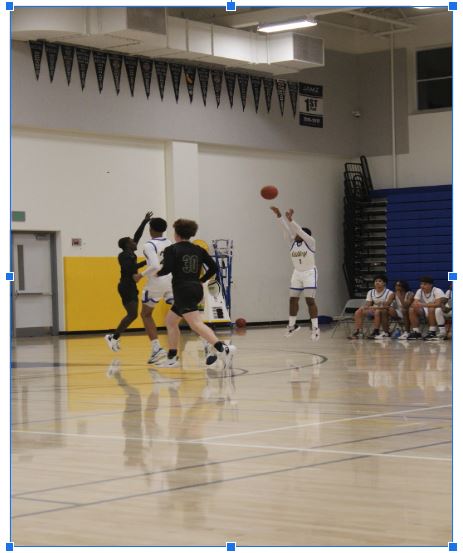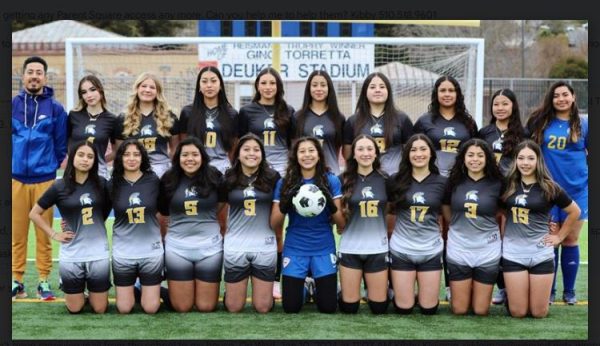The 2019 San Francisco Auto Show
The new Toyota GR Supra, one of the many new cars exhibited at the SF Auto Show.
Auto shows are always a good way to see what’s going on in the car industry. They are where manufacturers can show off their latest models and people can see them in person. I think this is really important to the industry and car enthusiast community because it’s an opportunity to see new cars without going to a dealer, and you can talk to representatives from manufacturers about the cars as well as what might be on sale soon.
Entering the show is an event by itself, the McLaren display is right in front of the escalators, greeting you with a multimillion-dollar McLaren P1, brand-new GT, and super fast 570S. A left turn will take you to the Toyota stand, where the 2020 GR Supra is proudly on display. Toyota brought two of them, one was a normal Launch Edition car, and the other was a one-off tuner special edition with carbon fiber ground effects, lip spoiler, and HKS exhaust.
The Toyota Supra is more than just a new car. The previous Supra, sold from 1993 to 2002, was a smash hit with car enthusiasts. It could be easily tuned, and there were a lot of aftermarket parts available. That generation of Supra was also one of the star cars of the Fast Furious movies, making it a fan favorite. With the recent rise in popularity of the older Supra, Toyota brought back the famous touring car with the controversial help of BMW. Japanese car enthusiasts wanted the return of the old ‘2JZ’ engine, now almost 30 years old. Unfortunately, this is impossible due to modern emissions and fuel economy regulations, so Toyota borrowed a platform from BMW’s Z4 roadster. It’s a similar layout, still using a 3-liter inline 6 with twin turbochargers and rear-wheel drive. I think that this collaboration is not just the only way to bring the Supra into the modern era, but the best way possible.
Next, at the Nissan stand, the spotlight was set on the 2019 50th anniversary edition 370Z. Not only is 2019 the 50th anniversary of Nissan’s Z models, but it’s also the 10th anniversary of the 370Z model itself, first released in 2009. This car doesn’t look too old at first glance, but it shows its age if you look too close. The door handles are big chrome pieces mounted sideways, the gauge cluster has a red LCD display that looks like it was stolen from a 1980s alarm clock, and the lights look really dated. Despite all this, it’s one of my favorite cars currently on sale in the US. I say this because it’s exactly what American car enthusiasts want.
With the Fast and Furious-era Japanese sports cars coming of age to be legally imported, the popularity of older sports cars is high. Car enthusiasts, myself included, often complain about the mass of technology, automatic transmissions, and turbochargers that are in the vast majority of new cars. Talk to one of us and you’ll likely hear a phrase along the lines of “New cars are too complicated!” or maybe “They don’t make them like they used to.” A lot of enthusiasts don’t see it, but the 370Z is exactly what they want, it’s basically a ten-year-old car sold today, unchanged from 2009. Some parts are even older, carried over from the previous Z car, the 350 Z. It’s a great car for people who like cars, and it’s of a dying breed. It has huge potential and aftermarket support, and original parts are easy to find. I think this car deserves more respect from the car community and I think people should be encouraged to buy it so it will stay in production.
Many car enthusiasts go to their local auto shows to see their favorite manufacturers, talk to their representatives, and look at their new cars. When I went, I was really excited to see the Audi booth, they usually bring their most popular cars, super sedans, luxury limousines, and poster cars. With the announcement of the new RS6 Avant coming to the US for the first time, I was grinning with excitement to finally see it in person.
When I walked over to where the map said the Audi stand was, I just saw a few boring SUVs, sedans, and an RS5. I looked around and saw a sign that said ‘Audi display provided by Audi of Marin.’ This meant that Audi itself hadn’t brought their own cars, these were just dealer inventory. There was no one to talk to about them, they were all locked, and there was no information anywhere, just the window stickers. The Porsche display met the same fate, right next to the Audis.
After talking to a VW representative, I figured out that Audi and Porsche thought it wouldn’t be worth it to bring factory support with the declining attendance of the SF Auto Show. I don’t think this is true, though. I think having a personal interface with a manufacturer is really important. You can talk to the representatives and gain some insight into the company’s mind, ask what they think personally about the cars, and see what’s right for you. That’s why the Auto Show is important to me and to car culture as a whole, not just the enthusiast, but everyone who is involved with cars.
Being able to communicate with the manufacturers is really important, for the public and for companies, too. This is their chance to hear what we have to say, we can tell what we want them to make and what we want them to change. I highly recommend everyone, including manufacturers, to attend the 2020 San Francisco Auto Show.









